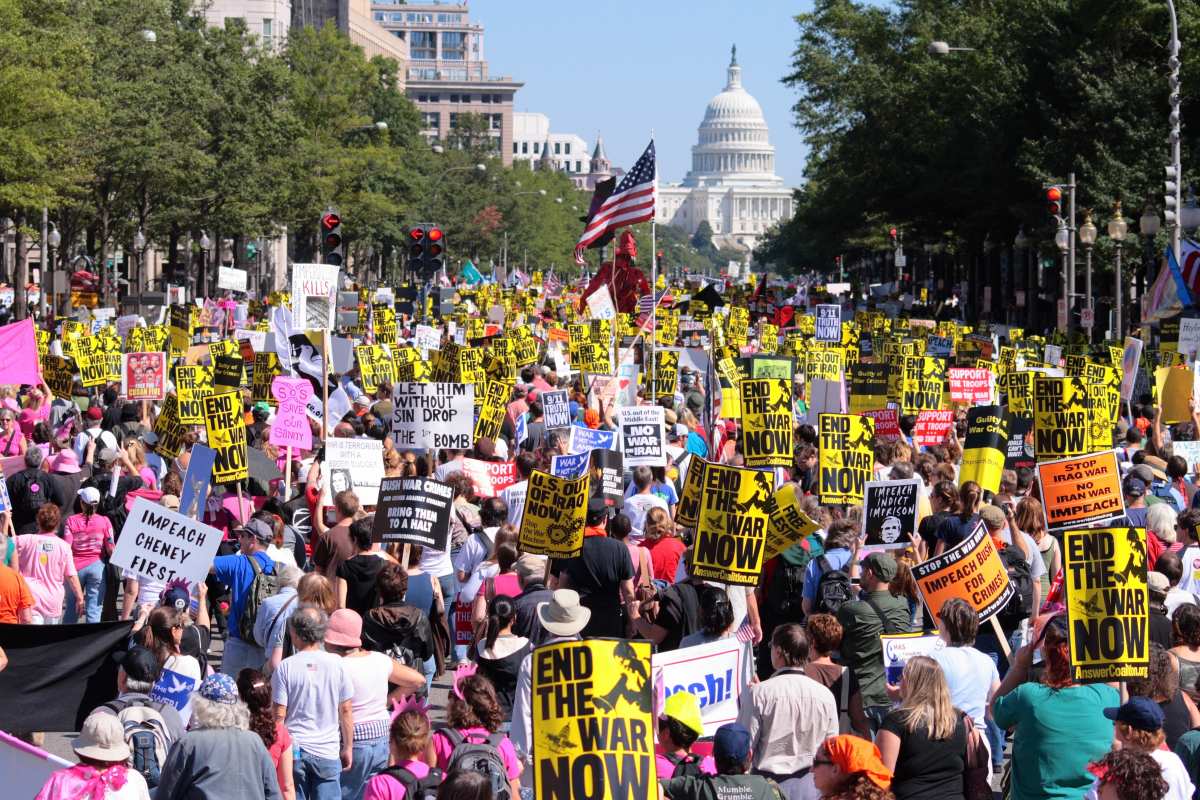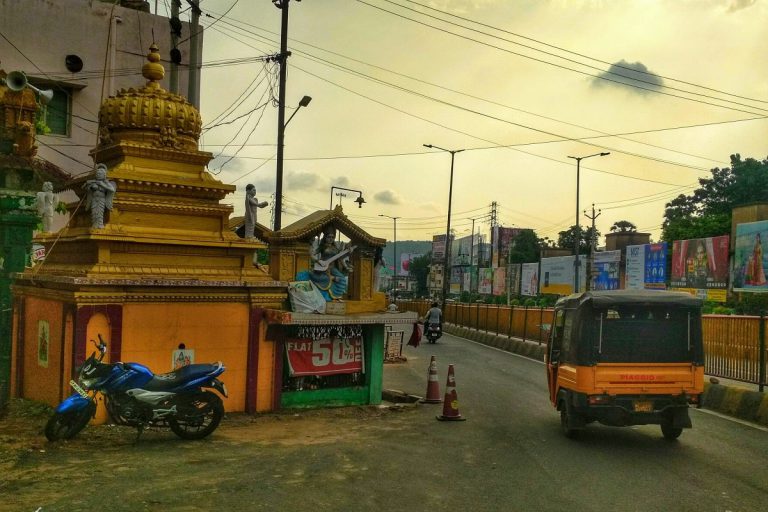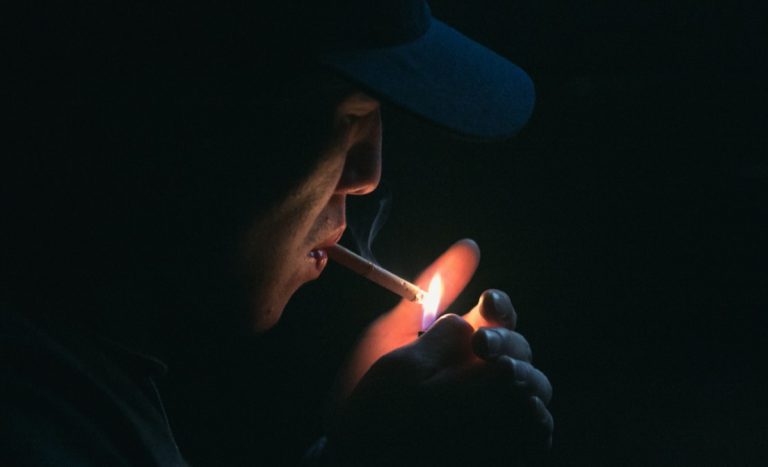Pressure Groups in the USA and UK – A comparative study
Independent Scholar of International Relations. M.A in Political Science with International Relations from Jadavpur University, Kolkata.UGC NET Cleared.
Pressure Groups (PGs) are also known as invisible Empires. They operate largely outside the formal structures, and their goal is to influence the policies of the government. An energetic interest group community is a sign of a healthy civil society. Their ability to organize and lobby government is a trademark of liberal democracy. But they can also become a barrier to the implementation of the popular will of the government.
The United States of America and the United Kingdom both have interest group pluralism in a theoretical sense and both deal with the pressures and pulls of electoral majorities. They have both high degrees of functional specialization, structural differentiation, industrially developed, economically advanced, and written or unwritten constitutional protection of freedom of speech and expression. We will start with the USA and followed by the UK with a brief analysis of the structures of the government to comparatively analyze the PGs of both nations.
The United States of America
The USA is an extremely pluralistic society as it has a plethora of pressure groups (PGs). The USA can accommodate numerous PGs because of the structure of the government itself. The interest group activity is in waves of concentric circles as once a group is formed in a particular sector, many other groups are formed in the same sector to emulate them. USA PGs are of diverse types, but we can segregate them broadly by using Jean Blondel classification in terms of functions like Protective and Promotional Groups. The Protective Groups protect the narrow interest of their members and are of mainly three types –Business Groups; Farmers and Professional organizations of labourers (like Trade Unions); Doctors and Lawyers.
The US Chambers of Commerce and the National Association of manufacturers are business groups acting as PGs. Labour organizations like AFL-CIO are the biggest labour organizations in the USA, employing 80% of unionized workers (14.1 Million in 1997). But different states of the USA have different rules, and it varies from closed shops to open shops. As per statistics, only 13-14% of employees are organized in unions, and most employees enjoy the benefits of free-riding. It is one of the least organized as majorities of unionized workers are in public sectors, especially in difficult jobs like firefighters (71.6%), police officers(63%), flight attendants, postal services, and others. The farmers are organized in the American Farm Bureau Federation, and lawyers and doctors have their own American Bar Association and American Medical Association, respectively.
Right to Life, Pro-Choice, National Rifle Association (NRA), American Israel Public Affairs Committee (AIPAC), American Committee on Africa (ACF), and Public Interest Research Groups are promotional groups. These groups are issue-based and try to ensure government policy does not go against them.
The methods applied by US Pressure groups are Lobbying, and Media Publicity. They usually target the US Congress, Executive, Civil Services, and even Courts in decreasing order of preference. Moreover, the Senators and House members are not dependent on their parties for re-nomination due to direct primaries systems. So election campaigns are candidate-centric platforms where candidates can put forward PG’s ideas in exchange for some favours. In the USA, there is an intense lobbying tendency where the lobbyists put forward their clients’ (PGs) aspirations before the legislators. US Pressure Groups also hire ‘Professional lobbyists’ for their cases.
The USA has a climate for lobbying with even 60 lobbyists to every congress member. The inter-relationship among Pressure Groups (provides electoral support, campaign funds, and information to the committee members), Congressional committees (provides Staff and funding to government departments. and friendly legislation and contracts to the PGs) and the government departments (provides policy suggestions and information to committees and helpful implementation of policies to aid PGs) are very well forged by the lobbyists and also known as Iron-triangles. Then PGs use PACs to influence policymakers. A PAC can be created by PGs to raise money for a candidate or a party in exchange for a commitment to their interests.
Thirdly, Pressure groups also use media sources like newspapers, televisions, emails, televisions, leaflets, and postal emails to build public awareness and support for their causes. For example, AIPAC takes US students, professors, and policymakers to Israel to make them understand how the national security of both nations is interlinked.
Fourthly, PGs in the USA frequently promote cases to bring them to the Supreme Court for constitutional arbitration and PGs can play a role in supporting or defeating Supreme Court nominations.
The United Kingdom
The UK has all types of PGs which are grouped as Protective and Promotional Groups. The Protective Groups protect the interests of Businesses, Laborers, Farmers and professional bodies like Doctors. The Promotional Groups are like the Royal Society for the protection of Birds, the Campaign for Nuclear Disarmament, the National Council of Civil Liberties, Child Poverty Action Group, Abortion Law Reform Society, and others. Campaign for Nuclear Disarmament is part of ICAN which won the Nobel Peace prize in 2017.
Promotional Groups are not very powerful as they have floating membership which pursues electorally insignificant issues. The British Trade Union Congress (TUC) is the apex body of the Laborers. The National Farmers Union (NFU) of England and Wales is the apex body in the UK, representing 70% of the farmers’ interests in the two places. It has a close and open relationship with the Ministry of Agriculture, Fisheries and Food. These Protective PGs want to achieve an ‘insider’ status. These three trade Unions provide various services to their members like giving information on various technical matters (Confederation of British Industries), and Trade Union Education (TUC), but it does not monopolize the representation of these sectors. These Unions try to represent their interest in the government. There are also special PGs like the British Medical Association to represent the interests of the doctors.
The Government structure also holds the reason for differences between PGs in the USA and the UK. In the UK, we have a parliamentary form of Unitary Government where the Prime-Minister led Cabinet has enormous power. There is very little scope for PGs to target individual MPs and make them table Early Day Motions, 10 minutes Rule Bills and Private Members Bill. So the PGs mostly concentrate on the Executive and the Bureaucracy as the Government tables and passes the bills through the legislature. This is a total divergence from the US Presidential system. In the USA, Congressional committees and sub-committees are very powerful, and hence PGs concentrate all their attention on these committees.
The development of British PGs can be categorized into 3 phases. In the 1st phase (1945-1960), economic groups and a limited number of promotional groups were formed. It was executive focused and had informal personal links among the government. Coming to the 2nd ‘clientelism’ phase (1961-1979) where we see tri-partite discussions between CBI and TUC and the statutory bodies under the NEDC, Manpower’s Services Commission and the Advisory, Conciliation and Arbitration Services. This was also noticed between the NFU and the Agriculture Ministry. It was continued by both Wilson (labour) and Health’s (Conservatives) governments. The third phase began with the Margaret Thatcher Government coming to power in 1979. The PGs lost their right to be consulted as the government was trying to decrease the visibility of special interests at the national levels. This period also manifested the introduction of various parliamentary committees and Select committees. Hence Parliament started attracting lobbyists and political consultants for their clients. This practice was very similar to US practice.
Pressure Groups in the USA have certain advantages over their counterparts in the UK. They benefit from friendlier constitutional and legislative frameworks which are 1st amendment safeguards of Freedom of Speech, Expression and Association etc. In the UK, the Freedom of Information Act is limited as compared to the USA. Then there are numbers as well. In the USA more PGs are there than in the UK. Thirdly, there is an aspect of Resources as the USA PGs are richer and regularly contribute to the candidates’ elections through PACs. In the UK, elections of candidates are dependent on their political parties, and the parties provide candidates with campaign funding reducing their dependence on PGs. Fourthly, USA PGs have more access points to the government. The PGs can lobby in the 50 states. In the UK, the executive has tight control over the agenda, making it the single most powerful access point. Fifthly, the Courts of Britain don’t have the power of Judicial Review as the UK has Parliamentary Supremacy. So this reduces the leverage of PGs to approach the Supreme courts and ask for constitutional arbitration.
The Way Forward
Both are pluralistic nations. The PGs in the USA were found to be more successful than the UK as the Cabinet with agenda-setting, coalitional cohesion, and the confidence of the House created strong incentives for it to legislate for majoritarian voters instead of special interests. But we could not test all aspects of our propositions as of now as a comparative analysis of pressure groups suffers from dual limitations. Pressure Group activity is a completely legal trend and is part and parcel of any democratic nation’s growth. It is also true that maintaining equal access to the government is a utopian idea, and some PGs will have easier access as compared to those with fewer resources. This can also lead to the pluralist system becoming ‘Societal corporatist’ and allegations of ‘money with political corruption’ playing a role in designing policies can become more frequent. The way out will be Promotional groups or new political parties coming to the fray to make the citizens aware of the potential prospects for electorally defeating the dominant elites.
Feature Image Credits: Wikimedia







